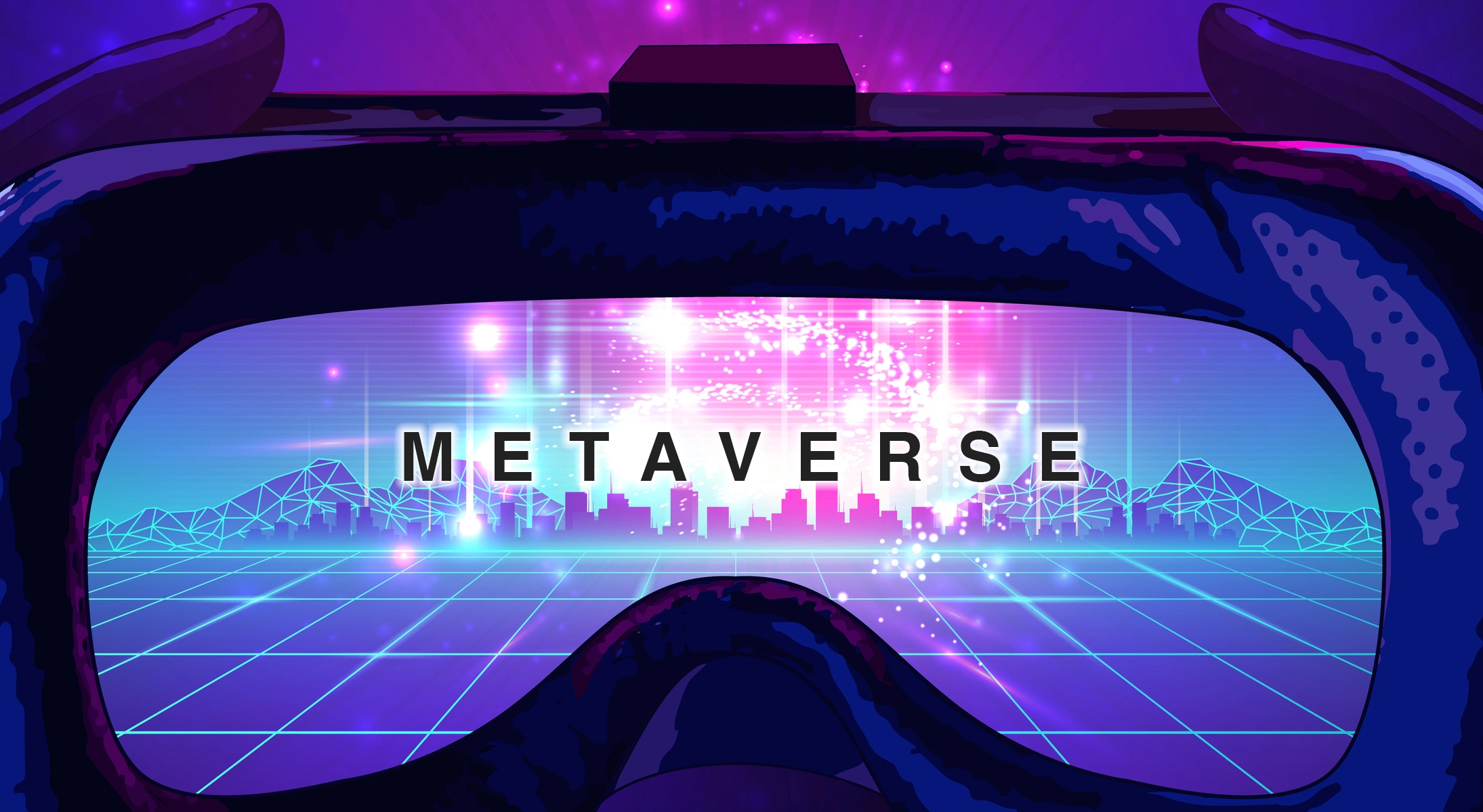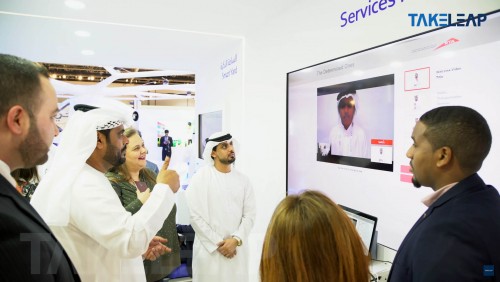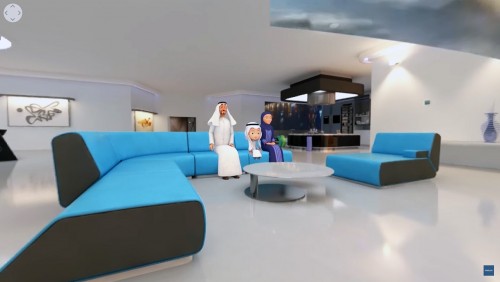The Metaverse: Technologies that Powers it and What It Means for You

Artificial Intelligence (AI)
AI is the technology that powers user experiences and machine learning. The underlying concept is based on “if/then” scenarios, where certain actions are taken when certain conditions are met. AI has multiple use cases across industries and is currently in the process of becoming more accessible and intuitive via conversational interfaces. AI-powered environments are able to understand natural language, enabling users to communicate without specific technical knowledge. The most common AI algorithms include machine learning, neural networks, natural language processing, and deep learning. AI can be applied to virtual assistants, chatbots, autonomous robots, computer vision, and computer-generated imagery (CGI).
Virtual Reality (VR)
VR is a computer-generated simulation of a 3D environment that can be interacted with via a virtual avatar. VR has the potential to immerse users in a completely new and distinct reality that is both interactive and responsive. VR is increasingly being used in healthcare, education, gaming, and enterprise. VR is used in the healthcare sector to enable people with disabilities to experience things that are otherwise inaccessible to them. VR can also be used in rehabilitation by retraining the brain and muscles by giving users the feeling of actually performing the action. VR is also used in education to promote creativity and inspiration in students by transporting them to different contexts through narratives.
Augmented Reality (AR)
AR is a live, computer-generated image that is superimposed on a user’s view of the real world. It is used to enhance and change the view of the real world. For instance, AR can be used to provide instructions to repair a faulty appliance or create a model of a building before it is actually constructed. AR has a wide range of applications across industries, including marketing, product development, education, and healthcare. In the marketing sector, AR can be used to showcase product features and instructions related to the product. In product development, AR is used to assist engineers in analyzing and designing products by providing simulations. In education, AR can be used to create interactive experiences to make learning more engaging for students. AR also has applications in the healthcare sector such as remote surgery and monitoring patient health remotely.
Voice Assistants
Voice assistants are computer programs that respond to voice commands and can be used to control appliances, set reminders, book appointments, check traffic conditions, and much more. The most common use cases for voice assistants include Amazon Alexa, Google Assistant, Microsoft Cortana, and Apple Siri. Voice assistants are becoming more human-like with a better understanding of context and intent, as well as improved natural language processing. Additionally, they are becoming more accessible through multiple devices such as smartphones, smart speakers, and IoT devices.
Blockchain
Blockchain is a decentralized and distributed digital ledger that is used to record transactions and store data. The technology is best known for being the backbone of cryptocurrencies, such as Bitcoin. Blockchain enables data to be shared across networks and organizations with reduced risk of data tampering and cyber attacks due to its immutable and distributed nature. The most common use cases for blockchain include supply chain management, financial services, insurance, cybersecurity, and energy. Supply chain management involves collaborating with suppliers and partners to track the progress of goods, while financial services entail enabling real-time transactions across different organizations.
Internet of Things (IoT)
IoT refers to the connection of devices and sensors to the internet using machine-to-machine communication. Almost every device around us is becoming connected to the internet. This holds immense potential in terms of facilitating new ways of working across various industries such as energy, healthcare, transportation, and retail. IoT is also used to streamline everyday tasks such as turning on the lights, unlocking the door, and adjusting the thermostat from a mobile device. IoT has the potential to transform how societies function and how people engage with their surroundings.
Conclusion
The metaverse is the collective virtual space where users can interact with digital representations of real-world entities through avatars. With recent developments in technology, the possibility of such a world becoming a reality has become more imminent. The implementation and integration of artificial intelligence, virtual reality, augmented reality, voice assistants, blockchain, and IoT are accelerating the creation of the metaverse. From an anthropological perspective, the metaverse can be conceptualized as a virtual ethnography that is shaped by the values and beliefs of its creators. From a computer science perspective, the metaverse can be understood as a mashup of technologies that facilitate the interaction of real-world entities through a digital platform.
RECENT POSTS
- Revolutionizing Exhibition Experiences: How Cutting-Edge Stand Design Technologies are Taking Center Stage
- Leveraging the Metaverse: An Innovative Approach to Government Services
- Harnessing the Omnipresence: How Artificial Intelligence is Shaping Our World
- Beyond the Hype: Unraveling the True Impact of Artificial Intelligence on Today's Job Market







 Call
Call
 Mail
Mail